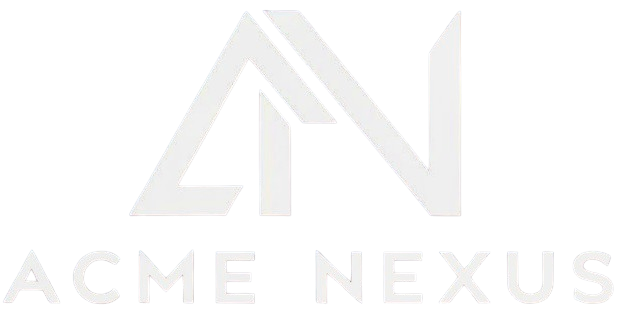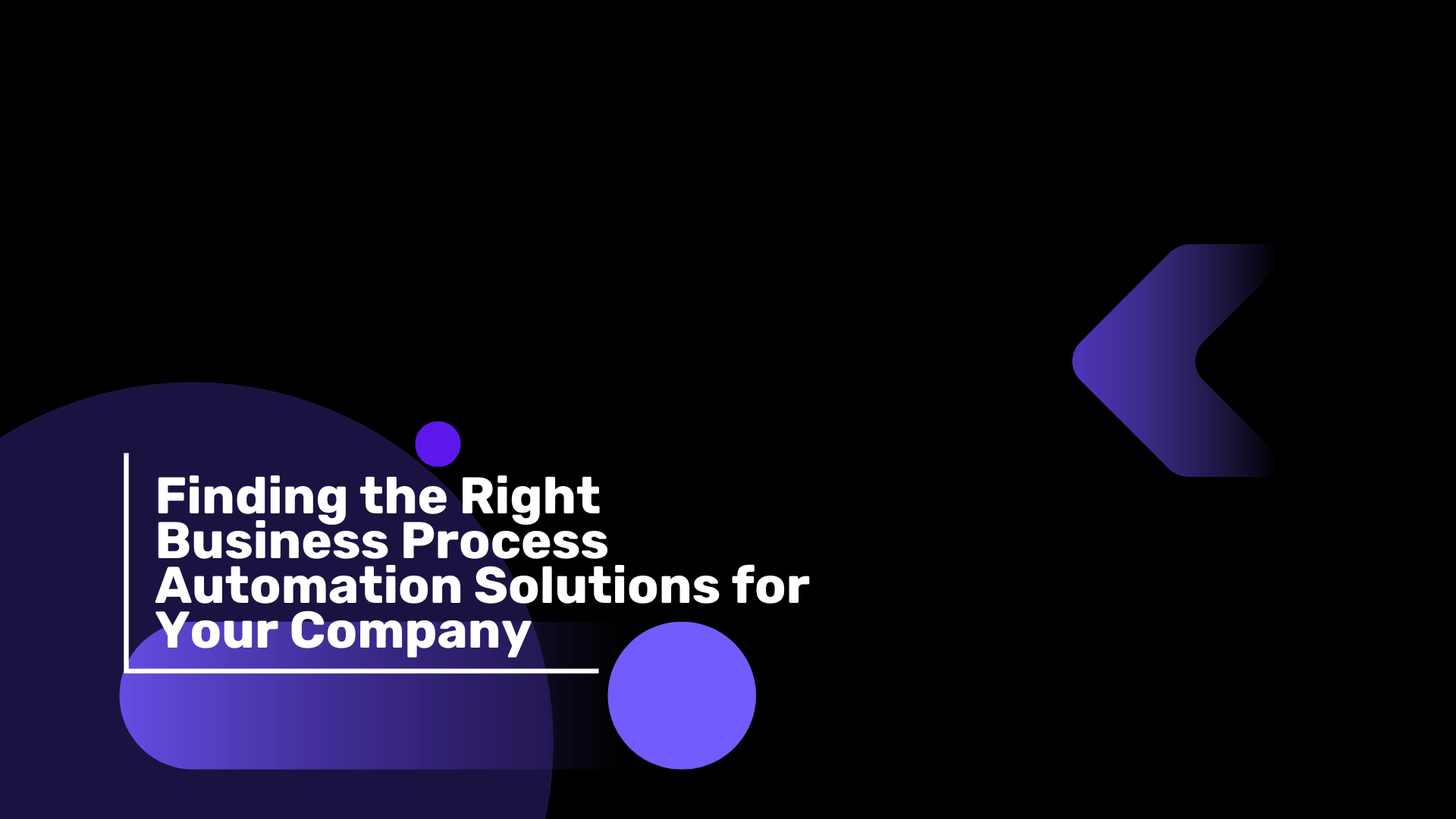Choosing the right business process automation solutions has become a strategic imperative for IT Managers and Operations Managers seeking to boost efficiency, optimize resource allocation, and reduce manual errors. The ideal BPA solution can dramatically streamline workflows—from IT service management to customer support—by automating repetitive, time-consuming tasks. But as digital transformation accelerates, selecting a platform that complements your company’s current and future operational needs becomes both complex and critical. In this guide, we’ll break down must-have features, evaluate top BPA platforms, and lay out a step-by-step strategy for identifying a solution perfectly tailored for your business environment, helping you confidently decide on automation that scales and delivers measurable ROI.
Key Features to Look for in Business Process Automation Solutions
For IT and Operations Managers, evaluating business process automation solutions starts with understanding the essential capabilities that differentiate best-in-class platforms. These features empower organizations to maximize productivity and maintain agility in an evolving digital landscape.
Workflow Automation
Workflow automation is fundamental to BPA. It enables you to build, monitor, and optimize end-to-end processes—such as onboarding, procurement, or IT ticket routing—ensuring operational consistency and real-time visibility. Automated workflows minimize manual intervention and improve accountability by standardizing how processes progress from initiation to completion.
Low-Code/No-Code Design
Low-code and no-code capabilities democratize automation, allowing non-developers to design and deploy automated flows using visual interfaces. This means IT departments can empower business users to handle day-to-day adjustments, freeing up specialized talent for more strategic initiatives and speeding up change implementation.
Integration Flexibility
The value of any BPA platform multiplies when it integrates smoothly with existing business systems—ranging from legacy databases to cutting-edge SaaS tools. Look for solutions offering out-of-the-box connectors for CRM, ERP, HR, and document management, as well as APIs for customized integrations. Seamless integration is crucial for preventing data silos and ensuring streamlined information flow.
AI and Advanced Analytics
Leading-edge BPA solutions incorporate artificial intelligence for intelligent decision-making, predictive analytics, and real-time anomaly detection. AI integrations power functions like smart document processing, chatbot-driven inquiries, and advanced analytics for continual process improvement.
Top Business Process Automation Solutions for Enterprises
Navigating the fast-growing BPA market means comparing platforms not just by feature lists, but by how they solve specific operational challenges in enterprise environments. Here are some of the top automation solutions making a meaningful impact:
- Microsoft Power Platform: Recognized for its integration with Office 365, Dynamics 365, and numerous third-party apps, Power Platform provides intuitive automation and AI-enabled features—ideal for organizations heavily invested in the Microsoft ecosystem.
- UiPath: Renowned for robotic process automation (RPA), UiPath excels at automating repetitive tasks, especially those interacting with legacy systems where APIs are unavailable. Its AI-driven document understanding is perfect for processing invoices, contracts, and unstructured data.
- Appian: Appian’s low-code platform empowers rapid automation of complex business processes, offering robust business process management and case handling for large-scale enterprises.
- Camunda: As an open-source process orchestration platform, Camunda provides flexibility and control for organizations with highly customized or complex workflows, moving beyond conventional workflow management constraints.
- Tungsten Automation (formerly Kofax): Focused on intelligent automation, Tungsten enables enterprises to seamlessly handle data- and document-centric processes, integrating AI for enhanced workflow optimization.
For a broader overview and to explore additional tools, visit cflowapps.com’s business process automation tools guide for comparisons suited to various industries and scales.
Automation Trends: AI Adoption and Industry Momentum
The landscape for business process automation solutions is rapidly evolving, driven by accelerated AI adoption and shifting operational priorities. Over two-thirds of businesses now automate at least one process—a strong signal that automation has moved beyond early adoption.
- AI-driven automation is revolutionizing how enterprises approach BPA platforms. AI capabilities extend BPA from automating straightforward workflows to managing nuanced, decision-based tasks—such as IT approvals or dynamic resource allocations.
- Awareness of security and compliance is higher than ever. IT leaders now demand solutions that deliver automation while aligning with strict regulatory, data privacy, and cybersecurity requirements.
- Shift to scalable, customizable automation means more organizations are seeking platforms that allow incremental rollouts, easy customization, and scalability across business units and geographies.
For more insights on the evolution and future of BPA, see how IBM’s business automation suite is shaping enterprise trends with AI-powered capabilities at scale.
Strategic Considerations for Selecting a BPA Solution
The right platform is one that aligns with both current operational needs and future growth ambitions. IT and Operations Managers should consider these strategic factors when narrowing down options:
Customization and Scalability
Does the BPA solution allow for tailored workflows that fit your exact requirements? Will it easily scale as your business expands, or as new business units and processes are brought online?
User Training and Change Management
One of the most underestimated challenges is user adoption. Look for vendors with extensive learning resources, an intuitive interface, and strong onboarding support. This lowers resistance, accelerates go-live, and ensures sustained success.
Security, Governance, and Compliance
Given growing privacy concerns and regulatory demands, ensure that any BPA solution adheres to industry certifications and provides robust controls over access, auditing, and data handling. A platform with built-in compliance tools can help you avoid the risks and costs associated with governance lapses.
Cost Considerations and ROI Measurement
Compare licensing models, infrastructure requirements, and potential for hidden charges (such as premium connectors or scaling costs). However, weigh these costs against projected efficiency gains and how the system will support your broader goals, such as improved customer experiences or increased inbound leads. For more on translating automation into growth, review our in-depth post on effective lead generation for business growth.
How to Assess and Implement the Best Business Process Automation Solution
Once you’ve shortlisted potential BPA platforms, use a structured approach for evaluation and implementation:
- Define high-value use cases: Map current processes with significant manual effort or bottlenecks—these are ideal pilot candidates for automation.
- Engage stakeholders: Bring together IT, operations, finance, and end users to ensure all requirements are captured—and adoption hurdles are addressed early.
- Request demos and proof of concept: Test shortlisted solutions against your real-world workflows and integration needs.
- Evaluate support and vendor expertise: Vendor reliability, training programs, and responsiveness can make or break long-term BPA success.
- Plan for ongoing optimization: Select platforms that enable constant improvement through built-in analytics and feedback mechanisms—so you can evolve automated workflows as business needs change.
An effective BPA deployment not only accelerates routine processes but also drives measurable business growth. If you’re ramping up lead generation as part of your digital strategy, don’t miss our essential guide to inbound lead generation and SEO mastery.
Case Example: IT Process Automation in Practice
IT process automation is a primary domain for BPA, where automating tasks like user provisioning, ticket triaging, and access rights management can deliver immediate ROI. Solutions that allow rapid integration with ITSM tools and support self-serve automation requests can empower both IT and business units. For deep dives into how IT teams can harness these advantages, see this comprehensive IT process automation guide.
Whether the focus is reducing helpdesk response time or eliminating onboarding delays, business process automation solutions are essential tools for IT Managers looking to drive tangible operational improvements.
Selecting the right business process automation solutions is a critical decision for IT Managers and Operations Managers determined to streamline operations, boost efficiency, and enhance data integrity. By prioritizing features like workflow automation, integration flexibility, and AI capabilities—while carefully assessing vendor fit, security, and scalability—you set the foundation for impactful digital transformation. Remember, the right automation solution not only addresses today’s inefficiencies but also paves the way for sustainable business growth and competitive advantage. With strategic evaluation and a tailored implementation plan, your organization can confidently leverage business process automation solutions to lead in your market.
AI Automation Solutions
Boost Efficiency, Enhance Experiences, and Drive Growth with Intelligent Automation.

